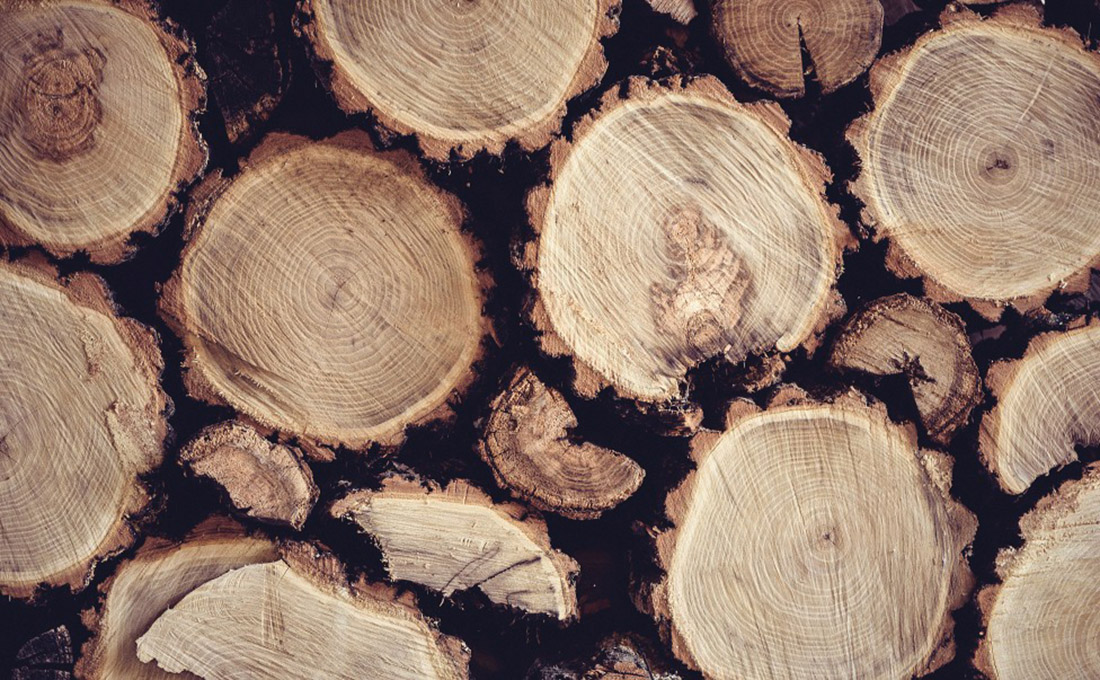As a result of growing environmental awareness, forthcoming bans on single-use plastic products, especially in Europe, and restrictions and labeling for products containing plastic fibers, the demand for cellulose-based solutions appears promising.
The market and especially retailers are looking for sustainable and renewable alternatives to oil-based synthetic fibers, which still account for more than 60% of textile production. However, the recycling of textile waste and used clothing remains a fundamental problem.
All this is resulting in a rapid development of technology that is enabling material properties previously thought impossible for cellulose fibers. Meanwhile, several exciting developments, particularly in textile recycling and alternative feedstocks, are beginning to emerge.
Held as an online event in February, the 2nd International Conference on Cellulose Fibres covered the entire value chain from feedstocks, dissolving pulp and cellulose fibers, such as viscose, modal and lyocell, down to a wide range of applications, including clothing and nonwovens, such as wipes, and technical applications.
Over the past 10 years, cellulose fibers have witnessed a compound annual growth rate of 5–10%, with similar growth expected over the next decade. With such a high rate of increase compared with other man-made fibers, the ongoing challenge will be to achieve a balance between ongoing capacity expansion and the growing demand for natural fibers, bearing in mind the microplastic problem and possible bans on plastic fibers for certain applications.
According to conference organizer Nova-Institut of Germany, the event attracted around 190 participants from 22 countries, who viewed 25 presentations and five panel discussions, including live questions and networking opportunities.
The main themes of the conference were strategies, markets, technologies and sustainability, while a particular theme investigated alternative sources for cellulose feedstock to reduce the demand for virgin cellulose.
Market growth
Over the past 10 years, cellulose fibers have witnessed a compound annual growth rate of 5–10%, with similar growth expected over the next decade. With such a high rate of increase compared with other manmade fibers, the ongoing challenge will be to achieve a balance between ongoing capacity expansion and the growing demand for natural fibers, bearing in mind the microplastic problem and possible bans on plastic fibers for certain applications.
Andreas Engelhardt of The Fiber Year noted that while most textile markets are currently depressed, with global economic activity not expected to normalize in the short term, cellulosic fibers appear to have good prospects with the growing consumer awareness and demand for sustainable clothing, which should stimulate growth in consumption of both viscose and polylactic acid fibers.
For example, the global capacity of viscose staple fiber (VSF) production is forecast to rise to 10 million tonnes by 2025. However, cellulose fibers are unlikely to achieve much more than 10% of the total fiber market in the foreseeable future, said Bernhard Riegler of Sappi Dissolving Pulp. Plastic in the form of fossil-based synthetic fibers will be around for some time yet, he suggested.
Outlining the steps taken by Sateri, the world’s largest viscose producer with five mills producing a total of 1.5 million tonnes annually, to advance circularity through textile recycling, clean manufacturing and water stewardship, Sharon Chong said the viscose market will remain healthy because of the rising Chinese middle class and increased awareness of sustainable natural materials.
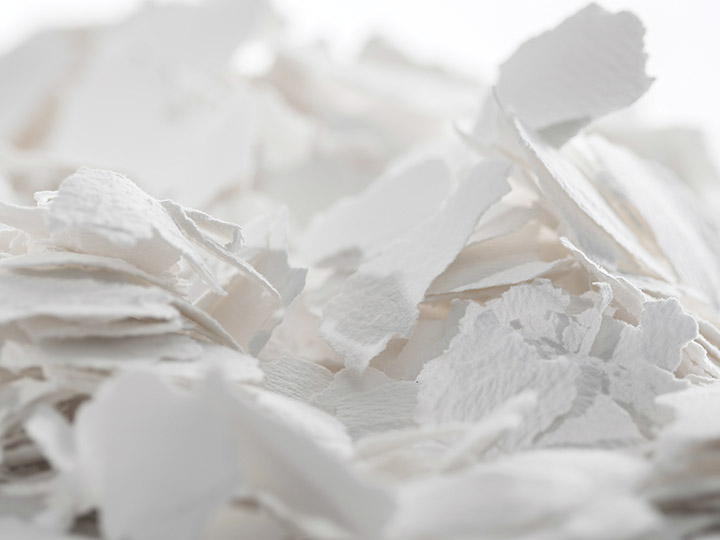
Marine litter
Sanitary and hygiene products are in the top 10 items (accounting for 9.5% of the total) of marine litter found on European beaches, behind drinks bottles, cigarette butts, cotton bud sticks and crisp packets/sweet wrappers. Wet wipes represent 8.1% of this waste, with feminine hygiene products a further 1.4%, according to European Commission figures.
Rahul Bansal, assistant vice president and global head business development, nonwovens at Birla Cellulose, noted that synthetic fibers have a 54% global share of the staple fibers used to produce nonwovens, with viscose/lyocell accounting for 8% and wood pulp 16%. He demonstrated several sustainable fiber innovations that have been developed with Birla Purocel for absorbent hygiene products, surface cleaning wipes and flushable wipes.
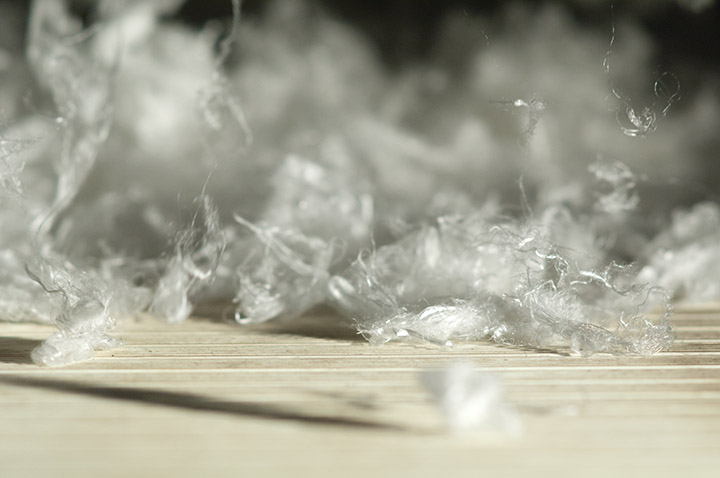
Innovation meets sustainability
Lenzing Web Technology is an innovative cellulose spinning technology for next-generation biodegradable nonwovens, producing fabrics made of 100% continuous lyocell filament by combining the spunmelt and lyocell processes, explained Katharina Gregorich of Lenzing.
The technology offers a unique self-bonding mechanism in which filaments bind into the fabric during the laydown process, providing a wide filament diameter range (currently 5–40 µm) and a basis weight range of 15–80 g/m².
Gregorich said this combination enables a wider variety of surface textures and dimensional stability than can be currently achieved with other nonwoven technologies. Further, the fabrics are water absorbent and free of finishes and chemical binders, enabling biodegradable and compostable applications in both the durable and single-use nonwovens sectors.
The Austria-based cellulosic fibers producer has invested €26 million in a pilot line for Lenzing Web Technology, which received the Austrian State Prize for Innovation in 2020.
Femcare trade-off
The average woman will use 15,000 feminine hygiene products in her lifetime, with 96% buying single-use period products such as traditional sanitary pads that contain up to 90% plastic. Studies have shown it takes up to 500 years for the plastic components in femcare products to decompose, remaining in the environment as microplastics and contributing to the pollution of land and oceans.
But while sustainability is now an important benefit for many products, few consumers of feminine hygiene items are prepared to forego performance over biodegradability.
Dominik Mayer, project manager fiber and application development at Kelheim Fibres, Germany, said the company’s cellulose-based fibers can contribute to the improvement of femcare products by combining sustainability and technical innovation, promoting the use of biodegradable fibers. This can be achieved through fiber functionalization, modification of fiber cross-sections and adjustment of fiber dimensions.
Kelheim Fibres has developed plant-based fiber solutions for absorbent hygiene products that comprise specialty fibers for the single layers with different functionalities: a hydrophobized fiber (Olea) for the topsheet, a trilobal fiber (Galaxy) for the acquisition/distribution layer and a hollow fiber (Bramante) for the absorbent core.
These biodegradable and sustainably made fibers enable the replacement of synthetic fibers without any loss of performance, said Ilka Kaczmarek, innovation manager for Kelheim Fibres. The material has the potential to be used to produce reusable menstrual underwear, pantyliners and diapers.
The first commercial product – a topsheet – using Kelheim’s fiber solutions have now been developed with German nonwovens producer Pelz Group and is planned for launch later this year.
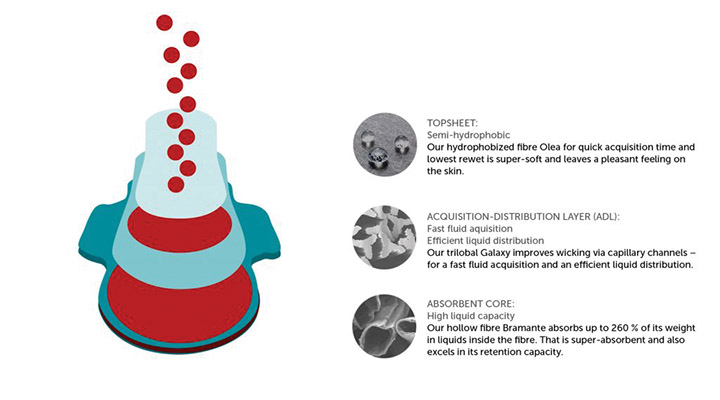
Ionic liquid technology
Paul O’Connor of Netherlands-based Cellicon presented a novel way to fractionate valuable constituents of biomass – polymeric cellulose and polyaromatic lignin – without destroying or damaging these components and without the use of enzymes or high-cost organic ionic liquid technology.
The method uses the ionic liquid-like properties of zinc chloride solvents, which can be used to convert cellulosic materials into nanocellulose and lignin that are suitable candidates and/or precursors to produce high-performance fibers such as super nano-cellulosic fibers and carbon fibers.
New technologies and alternative feedstocks
Antje Ota of the Deutsche Institute für Textil- und Faserforschung (DITF Denkendorf) presented biopolymer fibers, such as cellulose and chitin, derived by the HighPerCell spinning process, which uses ionic liquids as solvents. The research institute is also exploring a new class of cellulose-based carbon fibers based on ionic liquid-derived cellulosic fibers as a replacement for crude oil-based carbon fibers.
Heikki Hassi from SciTech-Service, Finland, discussed certain key mechanisms and factors related to the highly organized structure of plant cellulose that need to be controlled to develop and operate a manmade cellulose fiber manufacturing process.
Stina Grönqvist from the VTT Technical Research Centre of Finland gave an insight into the use of different types of hydrolytic and oxidative enzymes for the modification of dissolving and paper-grade pulps.
João Cordeiro of AFRY Management Consulting, Finland, said the viscose industry is transitioning toward upstream integration, with all the major players investing in modern dissolving wood pulp (DWP) and VSF production facilities to gain a higher degree of control over feedstock costs and product quality, as well as sustainability assurance in the supply chain.
He noted that both DWP and cellulosic fiber production lines continue to grow in scale. For example, Bracell’s 1,250 kt/a DWP plant is expected to open in Brazil; Lenzing is building a 100 kt/a lyocell plant in Thailand; and the largest VSF plant (currently 125 kt/a) is predicted to be 200–300 kt/a in the future.
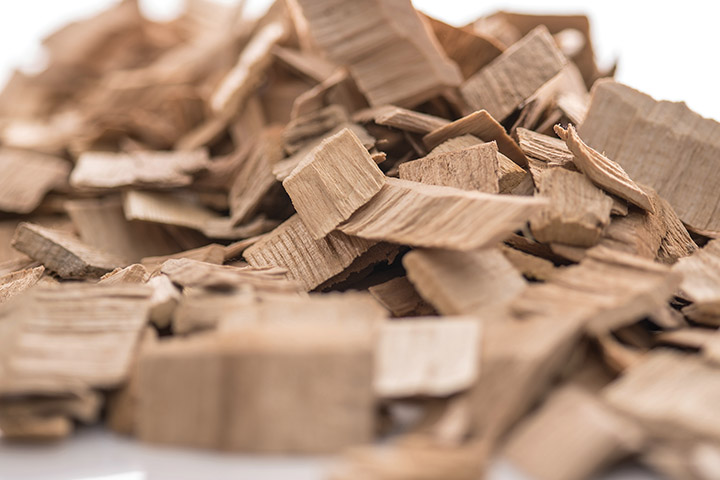
In terms of feedstock sourcing, there are many questions over whether novel fibers will become mainstream, particularly with the textile recycling value chain, which faces many obstacles and bottlenecks.
Meanwhile, Finland’s Metsä Group has developed a new, energy-efficient process to produce high-quality cellulose fibers for the textile sector based on a new solvent family.
Using ionic liquids as solvents, cellulose fibers can be produced from paper-grade pulp, avoiding the use of energy-intensive dissolving pulp, which has ecological and economic advantages, said Niklas von Weymarn, chief executive officer of subsidiary Metsä Spring.
In 2018, Metsä Spring and Japan’s Itochu set up a 50:50 joint venture company to build a greenfield demonstration plant in Äänekoski, Finland. The goal of this facility, with a budget of €40 million, is to demonstrate the new technology with a production capacity of 1 t/day; a full-scale production plant is a possibility.
During the conference presentations were also made on hemp-based lyocell fibers, performance-enhanced bast fibers and the use of bio-based ionic liquids for cellulose recovery from various alternative feedstocks, including textile recycling and biomass waste streams.
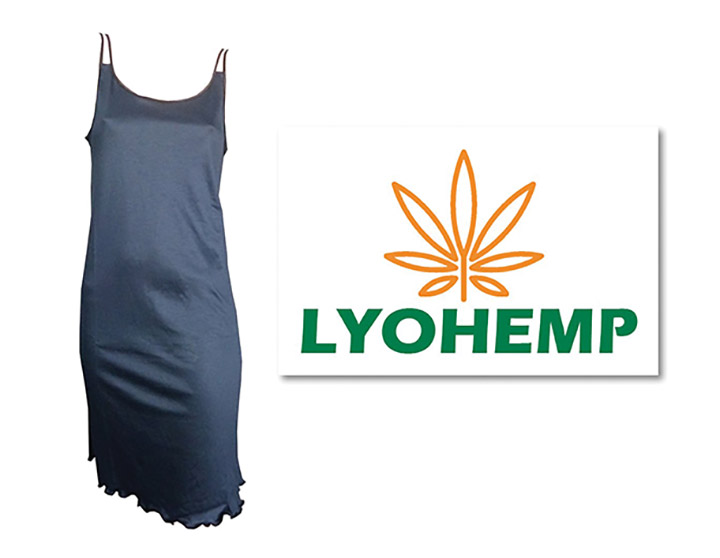
Pulp reality
Maintaining and restoring forests has been identified as a key part of the climate solution. With the scientific community calling for 30–50% of the world’s forests to be conserved and/or restored by 2030, no new or existing pulp mills should be sourcing from the world’s ancient and endangered forests, argued Nicole Rycroft, founder and executive director of Canopy.
The Canada-based non-governmental organization has developed a Next Generation Action Plan that outlines how it is both technically and economically feasible to shift production of manmade cellulosic fiber textiles to alternatives to forest-based fibers.
With many brands beginning to make the shift, Rycroft said that around 200,000 tonnes of Next Gen viscose will come to market within a year, with rapid growth projected after 2023.

Innovation award
Also during the conference, delegates voted Stora Enso of Sweden as the Cellulose Fibre Innovation of the Year 2021 for its lightweight cellulose-based foam for packaging. The material has been designed as an eco-friendly alternative for fossil-based packaging and cushioning materials such as expanded polystyrene or polyethylene. The foam has comparable shock-absorbing and insulating properties while being bio-based, biodegradable, compostable and recyclable in ordinary paper recycling.
From a total of 12 submissions, an expert advisory board nominated six companies that each gave a 10-minute presentation. Runners-up in the award sponsored by Levaco were Kelheim Fibres for the development of plastic-free absorbent hygiene products and Metsä Spring for a textile fiber based on paper-grade pulp.
The 3rd International Conference on Cellulose Fibres will be held in Cologne, Germany and online on February 2–3, 2022.


